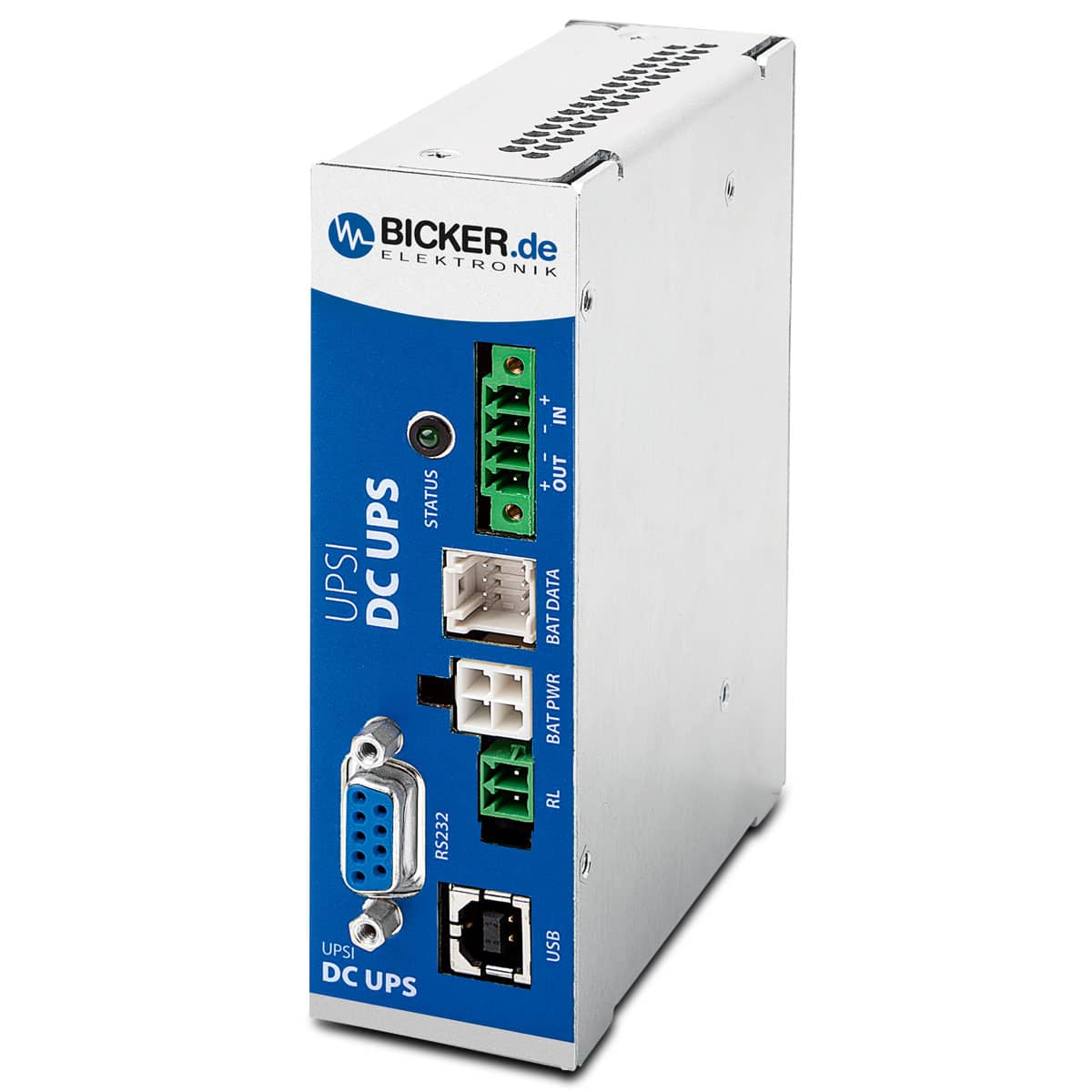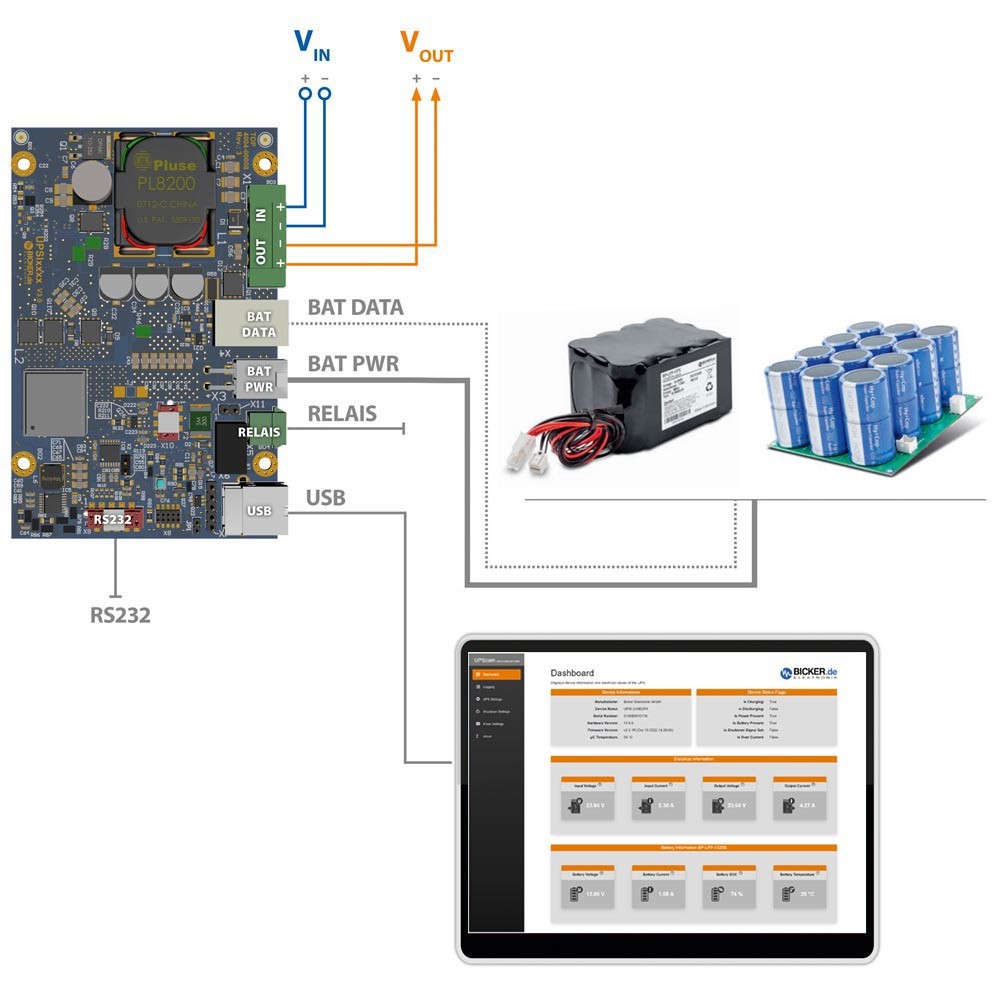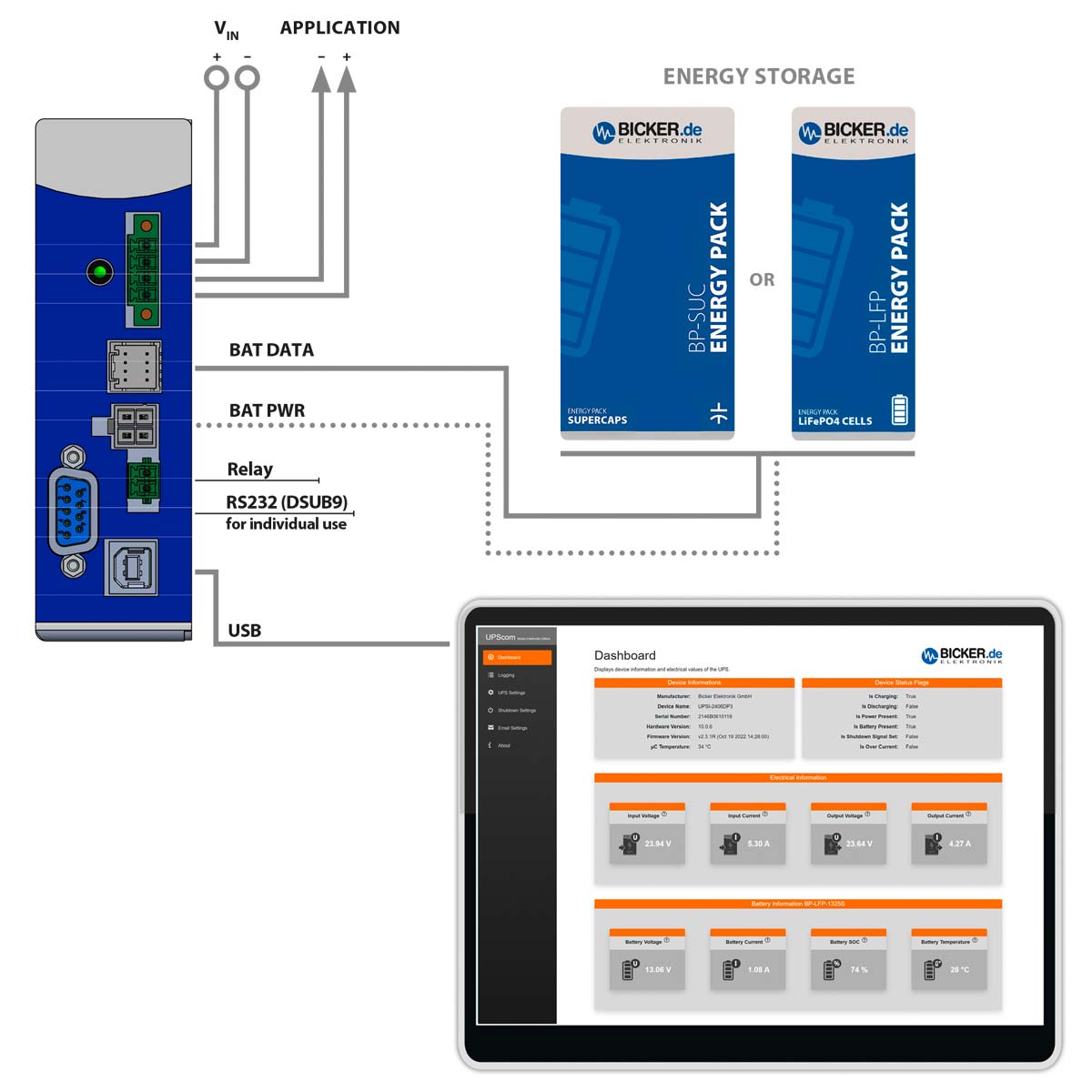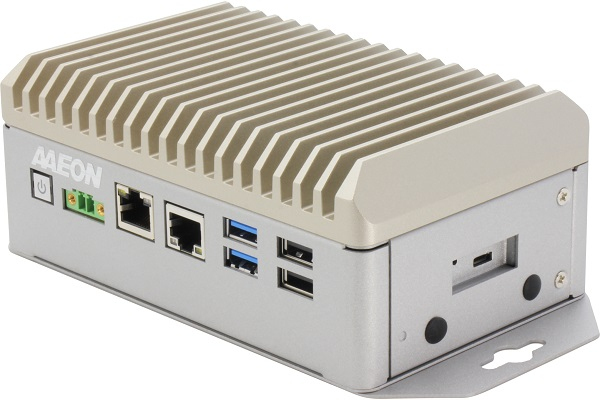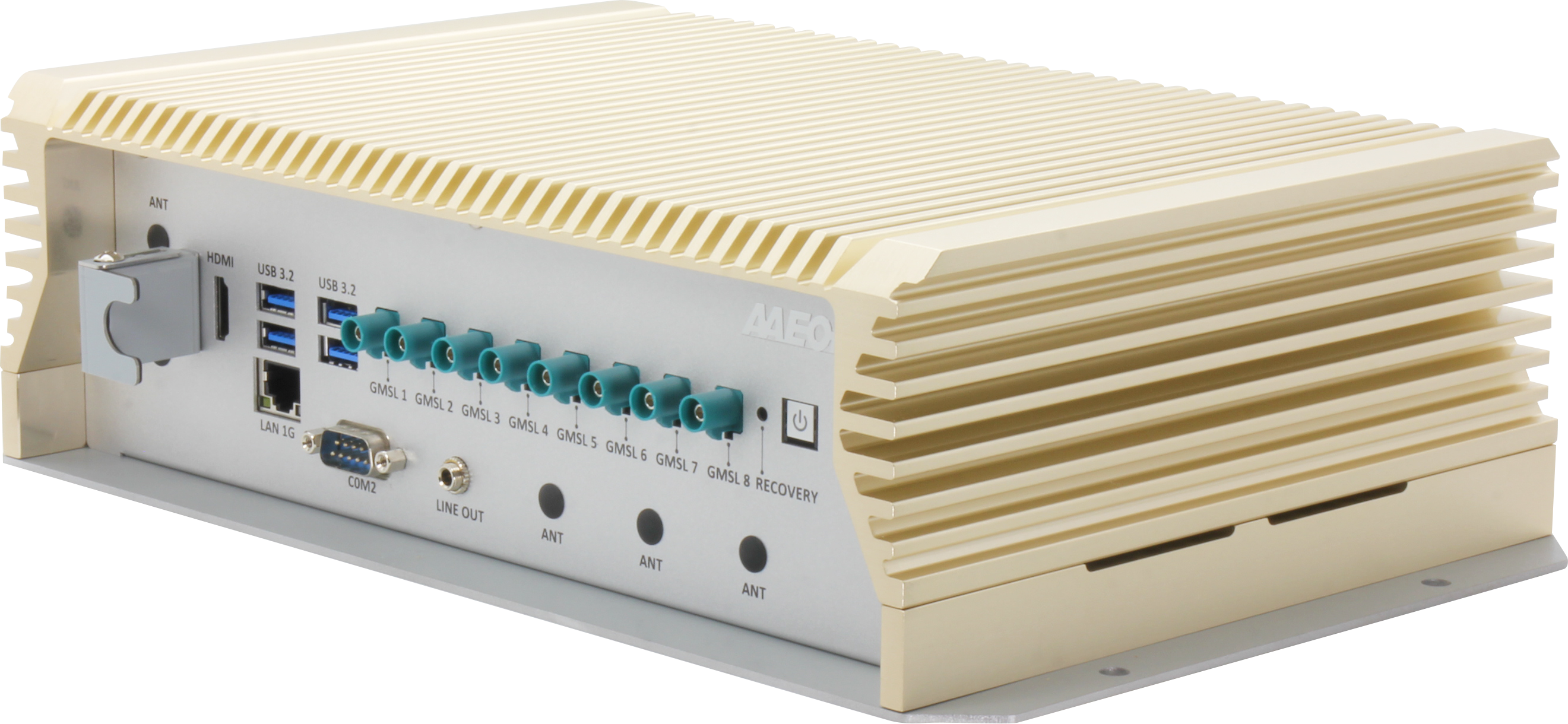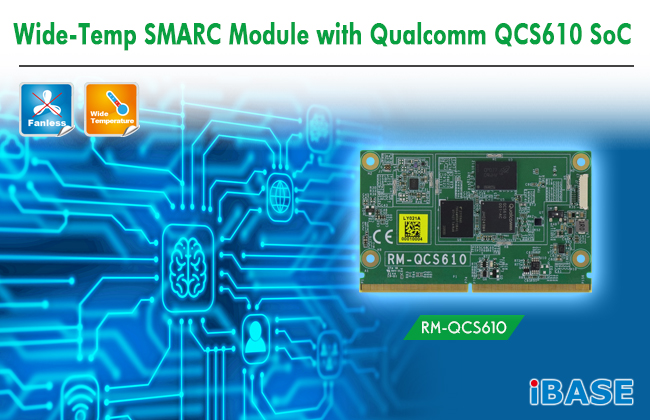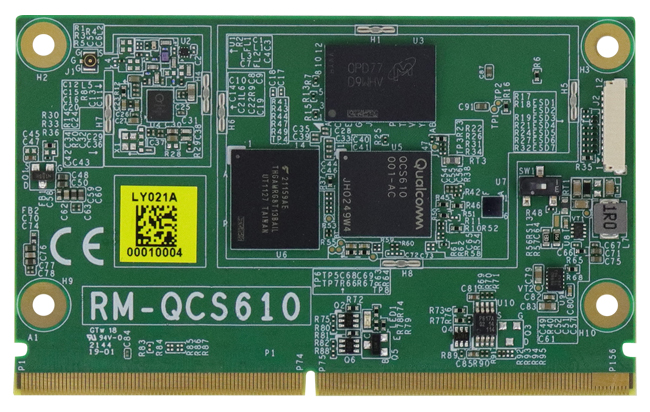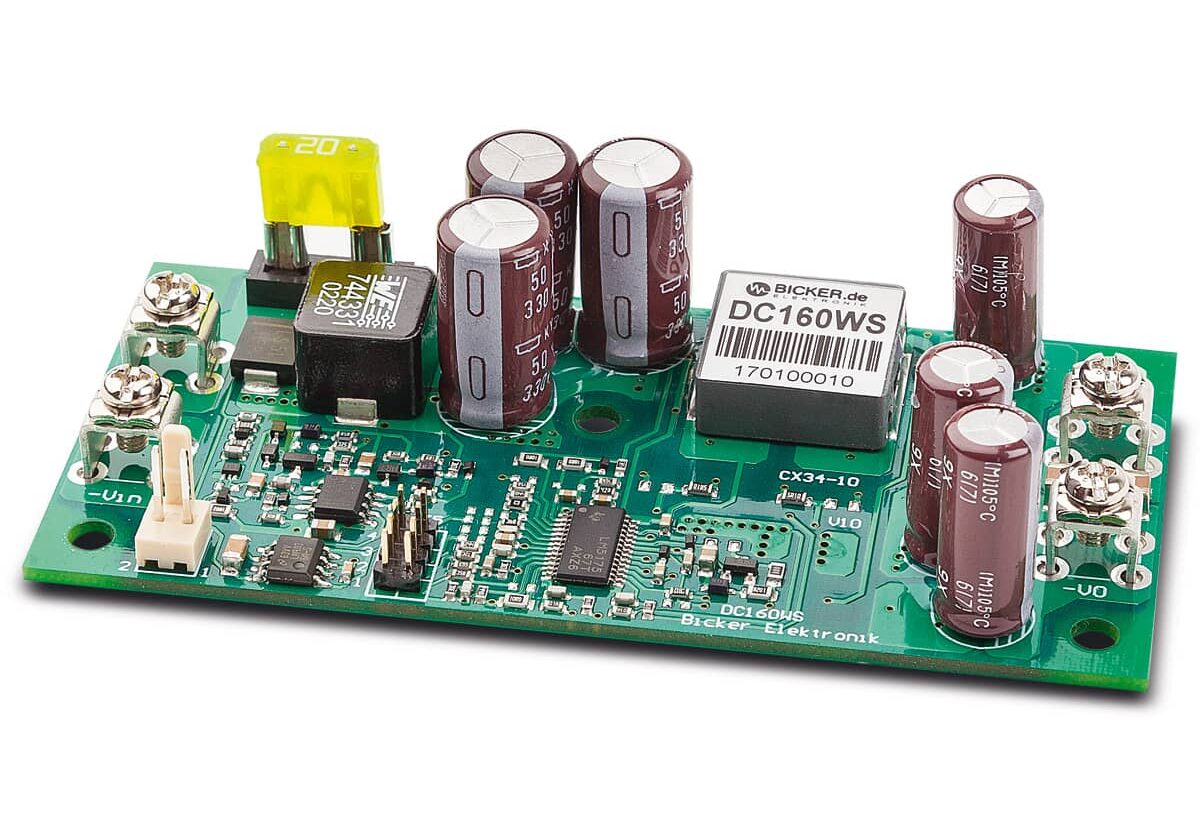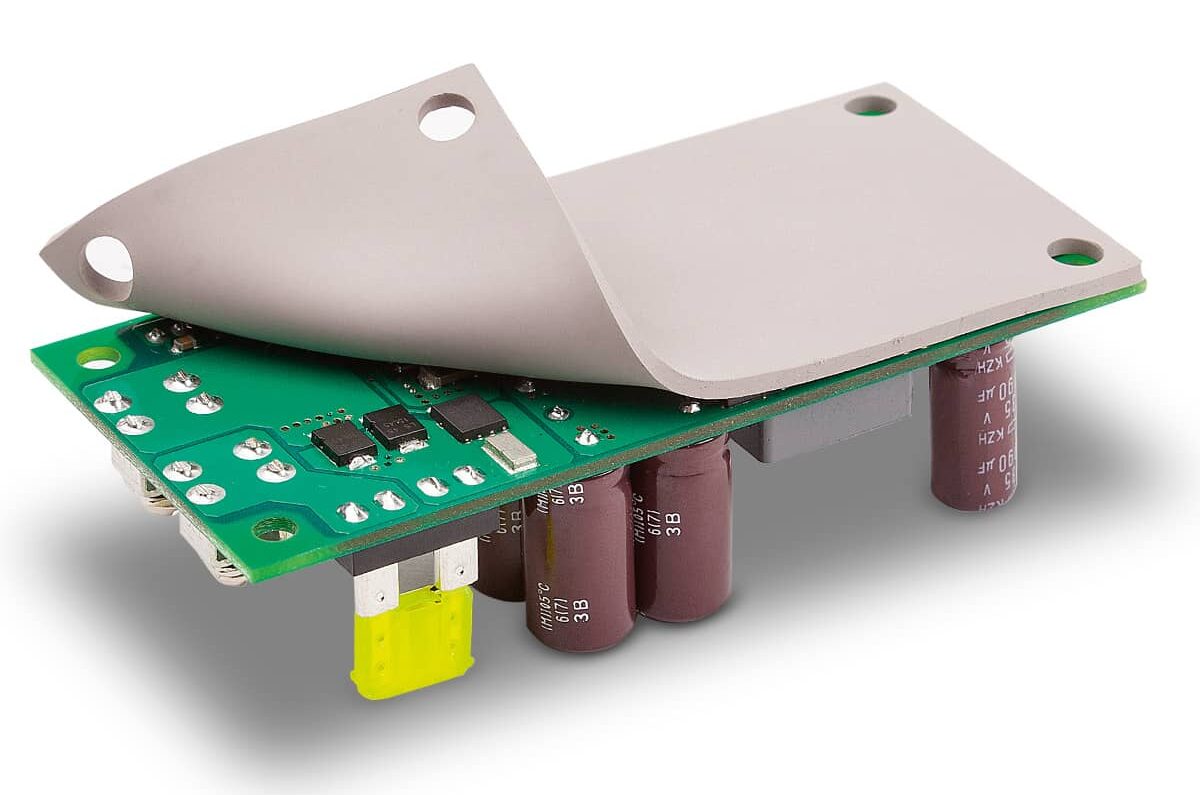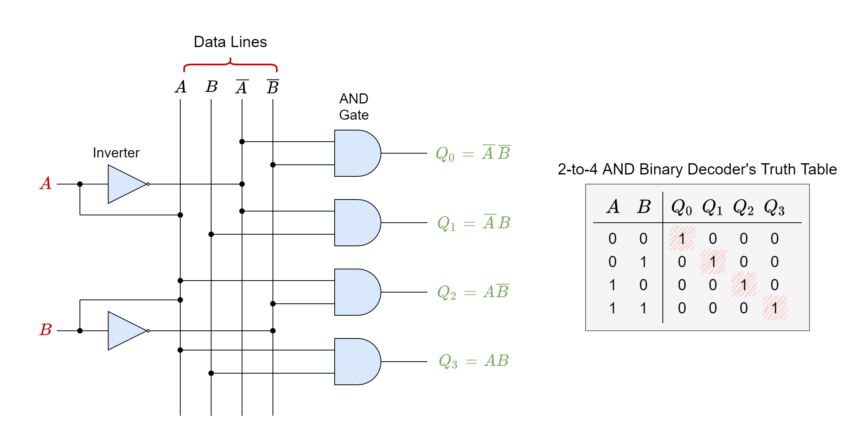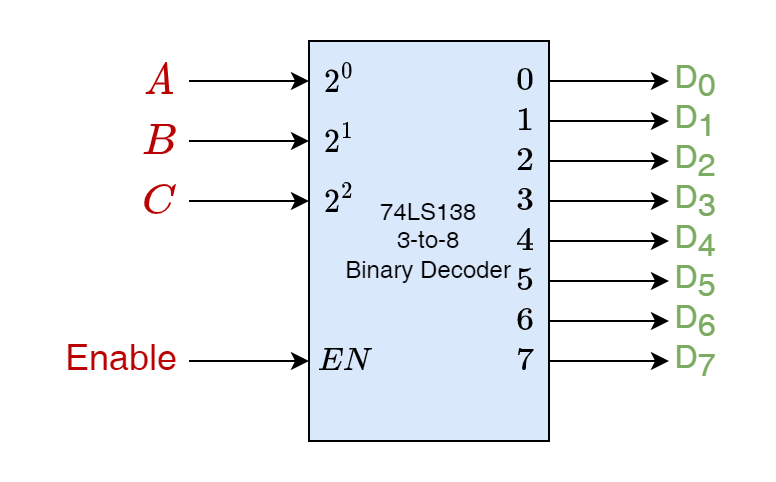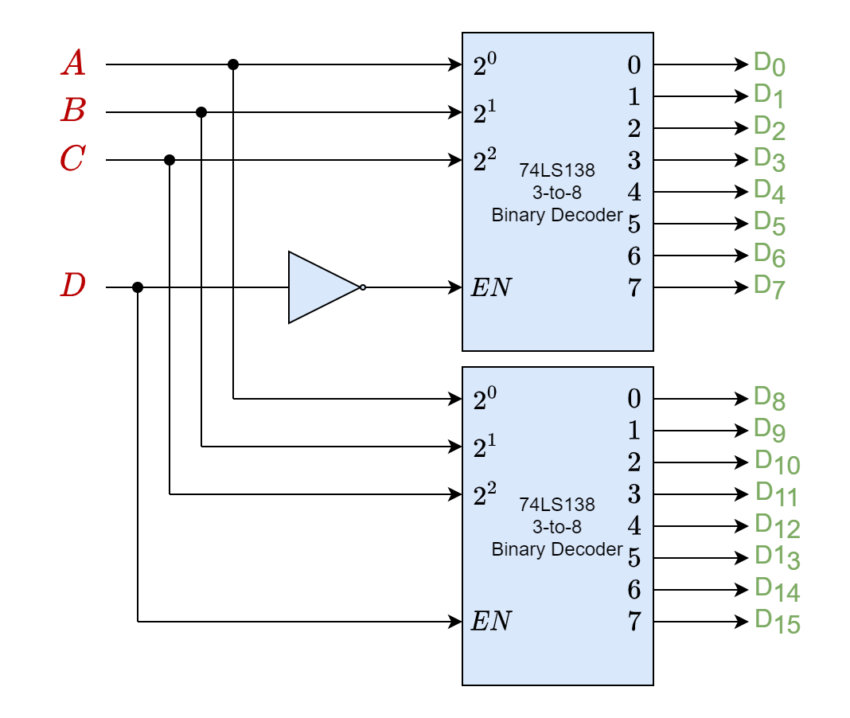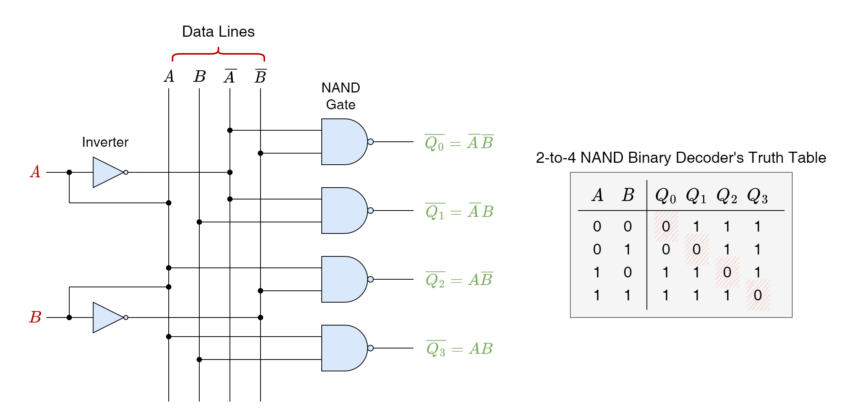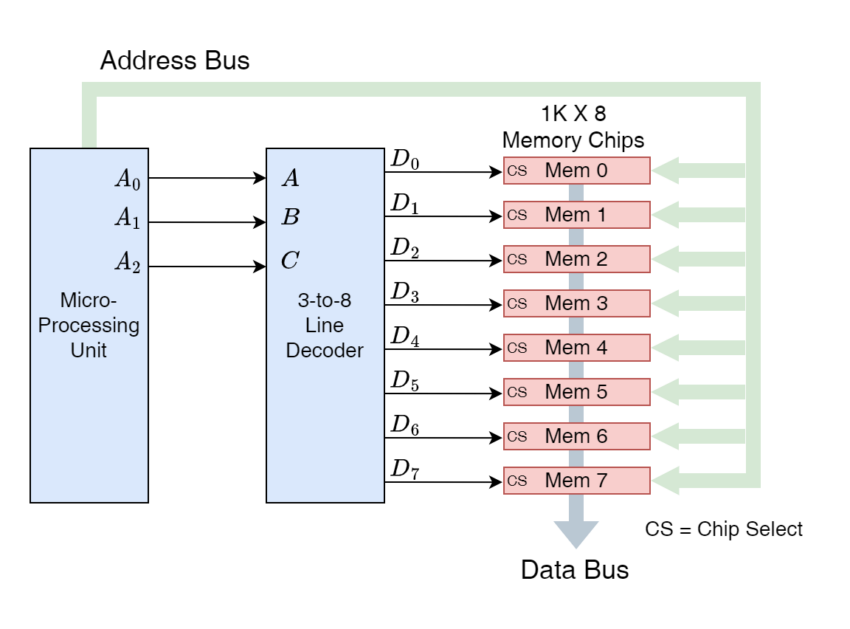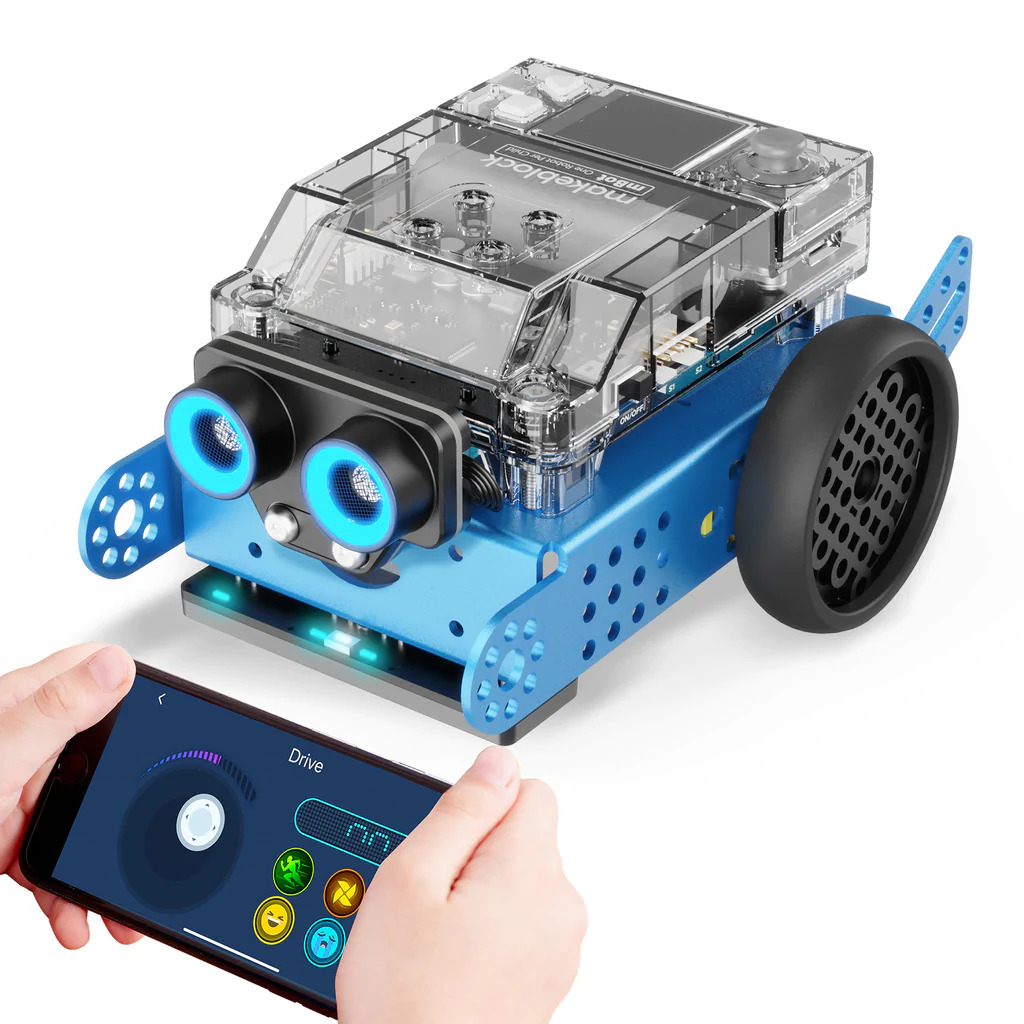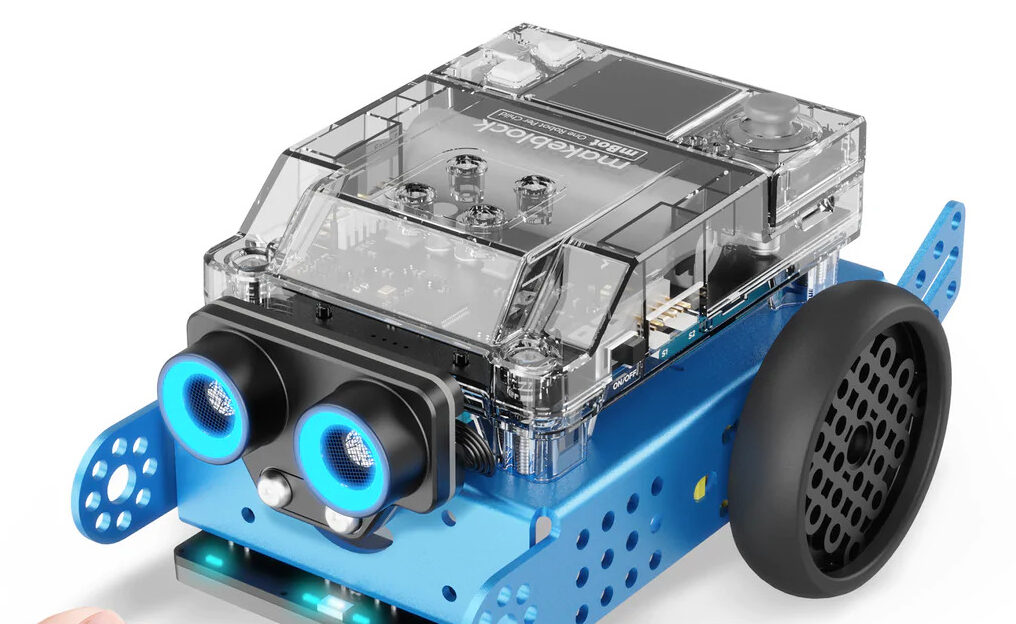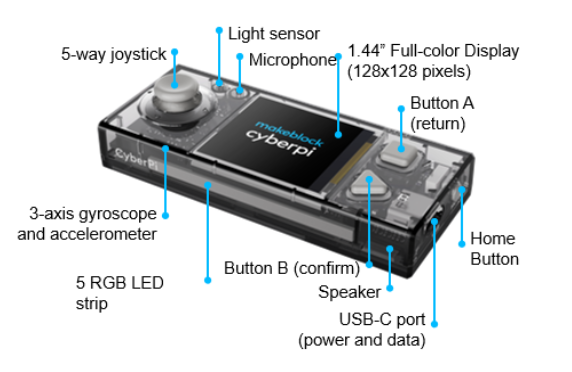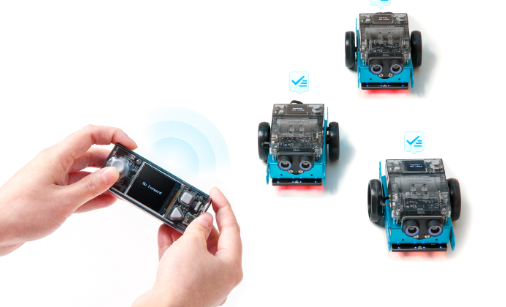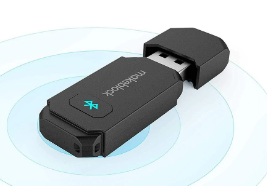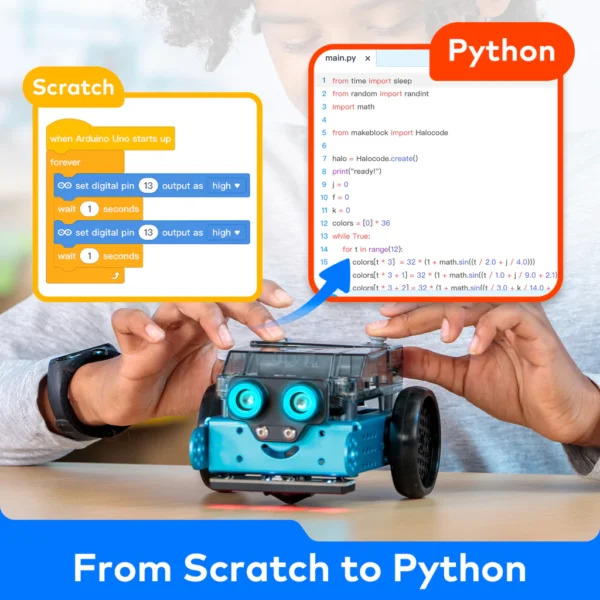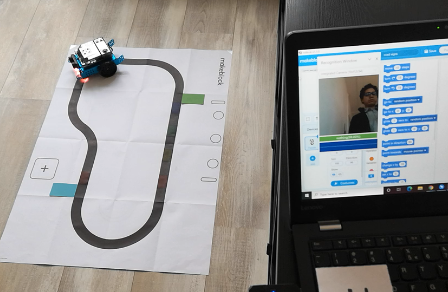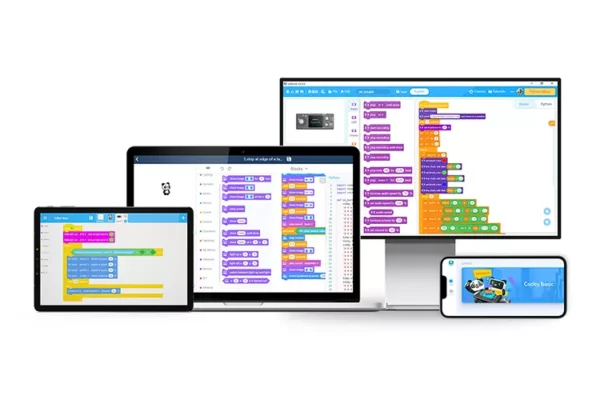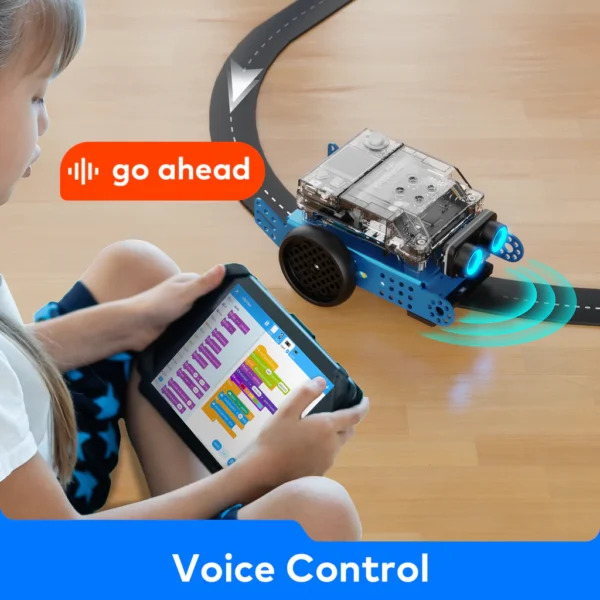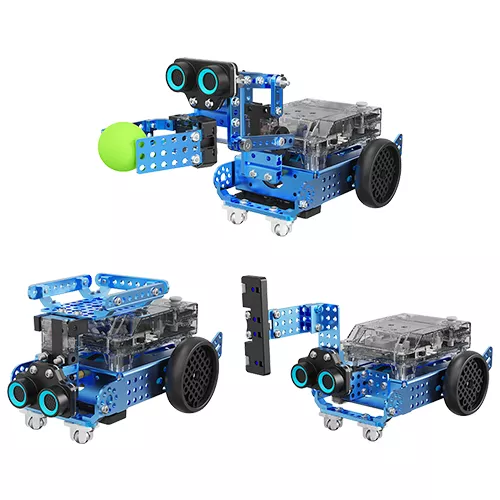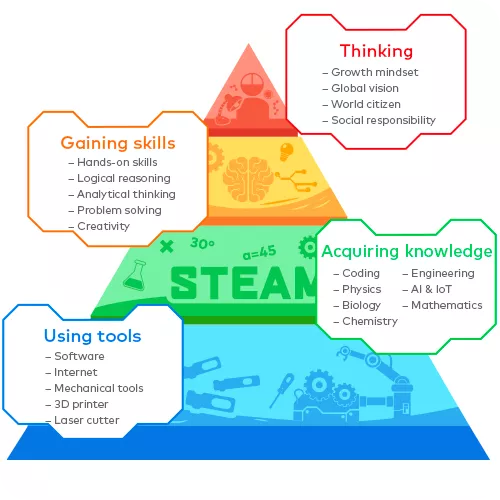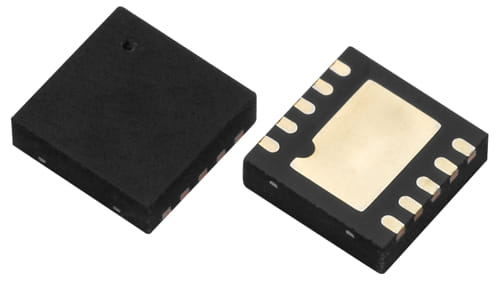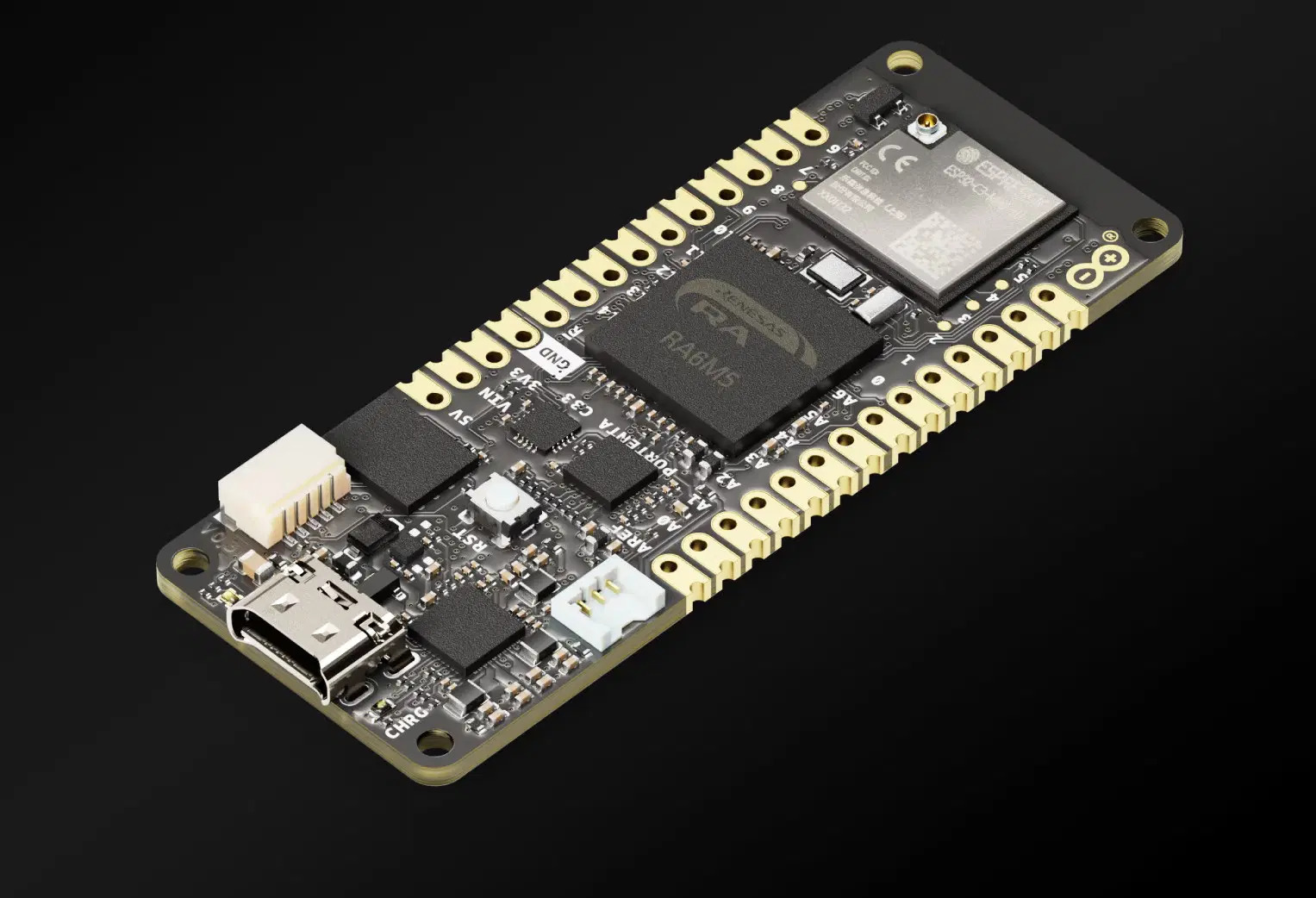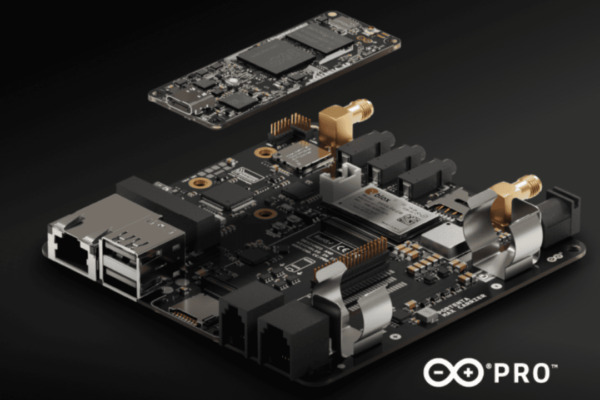Avoid system downtimes and data loss!
Modular DC UPS system protects against power failure, voltage fluctuations and flicker.
When considering the purchase of computer accessories, ensuring a reliable and continuous power supply is crucial. An Uninterruptible Power Supply (UPS) system is an essential component for anyone looking to protect their hardware from unexpected power disruptions. Investing in quality peripherals, such as high-resolution monitors, ergonomic keyboards, and precision mice, can significantly enhance your computing experience. However, these accessories are only as reliable as the power source that supports them. A dependable UPS system guarantees that your valuable equipment remains powered and safeguarded against electrical anomalies.
The DC UPS charging and control unit UPSI-1208D for modular and flexible DIN-Rail mounting reliably bridges power failures and faults, so that an uninterruptible 12VDC power supply is ensured at the output at all times. LiFePO4 cells (BP-LFP-D) or Supercaps (BP-SUC-D) are available for energy storage:
10-year battery storage with LiFePO4 cells for long bridging times
Lithium-ion technology with high energy density is ideal for longer bridging times. Our battery packs with LiFePO4 cells convince in safety-relevant applications with a high cycle stability (6,000 charging and discharging cycles) and an integrated battery management system (BMS). The BMS monitors and controls the entire charging and discharging process of each battery cell and thus optimizes the service life and operational reliability of the energy storage device. The integrated cell balancing ensures that all cells are charged evenly so that the full capacity of the battery pack can be used over the long term.
Maintenance-free Supercaps for short and medium bridging times
In the area of short and medium bridging times, absolutely maintenance-free Supercaps (ultracapacitors) are available as highly efficient and particularly long-lasting energy storage devices with more than 500,000 charge and discharge cycles. In contrast to batteries, which store energy via a detour through a chemical reaction, Supercaps are based on electrophysical principles and are charged and ready for use within a very short time. Our Supercap energy storage devices have an integrated control and protection circuit as well as a Connect / Disconnect Power function.
Specifications
- 12V DC UPS
- For use with long-life LiFePO4 and Supercap battery packs
- Intelligent power sharing
- Regulated output voltage during backup operation
- Min. load disconnect
- Power fail timer
- External signal shutdown
- USB & RS232 Interface
- Plug&Play – recognized as UPS by operating system
- Extended functionality by UPScom management software
- Reboot function
- Fuel gauge
- 3 years warranty
Intelligent charging and control unit UPSI
The compact charging and control module Bicker UPSI is connected to the appropriate energy storage device (LiFePO4 or Supercaps) via two cables. In addition to the energy transmission line (BAT PWR), all relevant operating data of the energy storage device is continuously monitored and controlled on the data line (BAT DATA) via the I2C interface. When changing the energy storage, which is even possible during operation (‘hot swapping’), a battery type ID authentication is carried out so that the appropriate charging and discharging parameters can be set automatically on the DC UPS.
PowerSharing function
On the input side, the intelligent ‘PowerSharing’ function ensures that the upstream AC/DC power supply does not have to be overdimensioned, but that the input power is kept constant and appropriately distributed to the load and battery charger. This means that when there is a low load at the output, more energy flows into the charger and vice versa.
Minimum load detection
The ‘minimum load detection’ of the UPSI control unit monitors the output load to be supplied from the energy storage in backup mode (battery mode). If the load at the output falls below a certain limit value, the energy storage device is automatically disconnected from the charging and control unit, so that the energy store is not unnecessarily emptied by the DC UPS electronics. In addition, the minimum load detection ensures that the computer system has been shut down properly after an initiated shutdown process, before the reboot function initiates the restart of the system.
more information: https://www.bicker.de/en/upsi-1208d_intelligent_dc-ups_96w_12v_8a_din_rail_version_dc-dc


